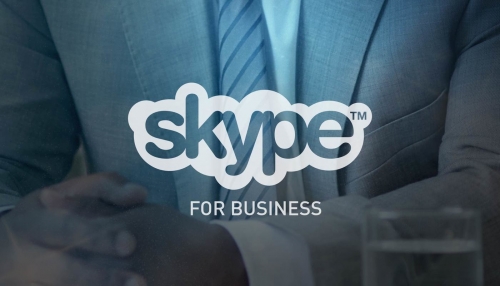

2015/04/07 Microsoft Cloud Solutions 7288 visit(s) 4 min to read
Ctelecoms

With April’s Office update, Lync will become Skype for Business, with a new user interface (UI) in the Windows desktop application. On today’s show, we take a look the new Skype for Business desktop application for Windows. BJ Haberkorn joins Jeremy Chapman to demonstrate what’s new and explain what’s coming. With April’s update from Lync to Skype for Business around the corner, Jeremy also demonstrates how you can control what your users will see.
On March 16th we announced how you can get ready for Skype for Business and get started with the Skype for Business technical preview. The updated experience will be familiar to both Lync and Skype users, with notable requested updates to improve discoverability of the dial pad, easier access to controls and device selection interfaces. The new Skype for Business also integrates people search with the entire Skype network.
Skype for Business will roll out as an update to Lync on April 14th as part of Office monthly updates. If you are using Lync Online today with Office 365 ProPlus, Office 365 Business Premium or Office 2013, the updated Skype for Business client—inspired by the look and feel of Skype—will be the default user experience and replace the Lync user experience. If you are using Lync Servertoday, the Lync UI will be the default experience.
The good news is that regardless of whether you are using Lync Online or Lync Server, you have the ability to control when the updated experience is rolled out to your users. There are two ways to do this. First, Office 365 ProPlus and Office 2013 allow you to control when monthly updates are delivered to your users. Second, both the online service and the server now have policy settings to control the user experience using PowerShell. While the settings are slightly different for online and server customers, both are straightforward, and allow you to manage the UI centrally.
We demonstrate how this is performed for the online service on the show; once you’re logged into the online service via PowerShell, you can use Grant-CsClientPolicy Cmdlet as shown below, to control the experience:
Disable Skype user interface (UI) for all users:
Grant-CsClientPolicy -PolicyName ClientPolicyDisableSkypeUI
Enable Skype UI for all users:
Grant-CsClientPolicy -PolicyName ClientPolicyEnableSkypeUI
These Cmdlets will control the UI presented to all users in your Office 365 or Lync Online tenant. There are more options for controlling the experience at an individual user or group level on TechNet.
If you’re running Lync Server and want to roll out the updated Skype for Business UI to your organization, you can use the Set-CsClientPolicy Cmdlet:
Enable Skype UI for all users:
Set-CsClientPolicy -Identity Global -EnableSkypeUI $true
Disable Skype user interface (UI) for all users:
Set-CsClientPolicy -Identity Global -EnableSkypeUI $false
In addition to the options above for selecting between the Skype for Business UI and the Lync UI, we’ve created a number of resources to help with awareness, readiness and adoption. These resources, along with the ability to switch the UI between the two interfaces, will give users the resources they need to be prepared for this change.
In the show we also discuss changes coming to the online experience for users and administrators, upcoming Skype for Business Servers, planned support for enterprise voice and calling in Office 365, new hardware from Polycom and Surface Hub, plus updates coming from Azure ExpressRoute to enhance Skype for Business even further. Watch the show to see Skype for Business in action and hear all the news about what’s coming for administrators.